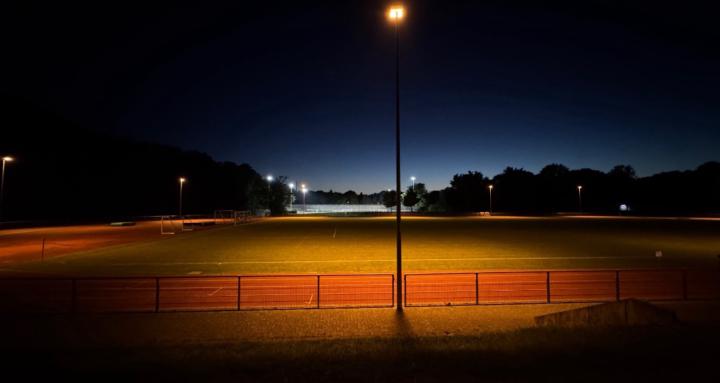9d (edited) • Running
What is Running?
1. Physiology
- Cardiovascular system
- Respiratory efficiency
- Muscle fiber types (slow-twitch, fast-twitch)
- VO₂ max
- Lactate threshold
2. Performance
- Distance categories (5K, 10K, half-marathon, marathon, ultramarathon)
- Pace (min/km or min/mile)
- Heart rate zones
- Time trials
- Personal records (PRs)
3. Technique
- Foot strike (heel, midfoot, forefoot)
- Stride length and cadence
- Arm swing
- Posture
- Gait analysis
4. Equipment
- Running shoes (road, trail, barefoot)
- Compression gear
- Smartwatches / GPS trackers
- Running apps
- Reflective gear
5. Environment
- Road, trail, track, treadmill
- Elevation (hill running)
- Weather (temperature, humidity, wind)
- Altitude training
6. Psychology
- Flow state
- Motivation
- Mindfulness in motion
- Goal-setting
- Running therapy
7. Training
- Base building
- Interval training
- Tempo runs
- Long runs
- Recovery protocols (foam rolling, ice baths)
8. Health & Injury
- Runner's knee, shin splints, IT band syndrome
- Injury prevention
- Overtraining
- Benefits (cardio health, mood improvement)
- Medical clearance
9. Nutrition
- Pre-run fueling
- Electrolytes
- Glycogen stores
- Hydration strategies
- Recovery nutrition
10. Purpose
- Competitive running (track, road races, cross-country)
- Recreational running
- Weight loss
- Mental health
- Spiritual practice (e.g., meditative running)
11. Community & Culture
- Running clubs
- Parkrun
- Major marathons (e.g., Boston, Berlin)
- History of running (e.g., Pheidippides, barefoot running)
- Virtual races & challenges
0:04
1
0 comments

